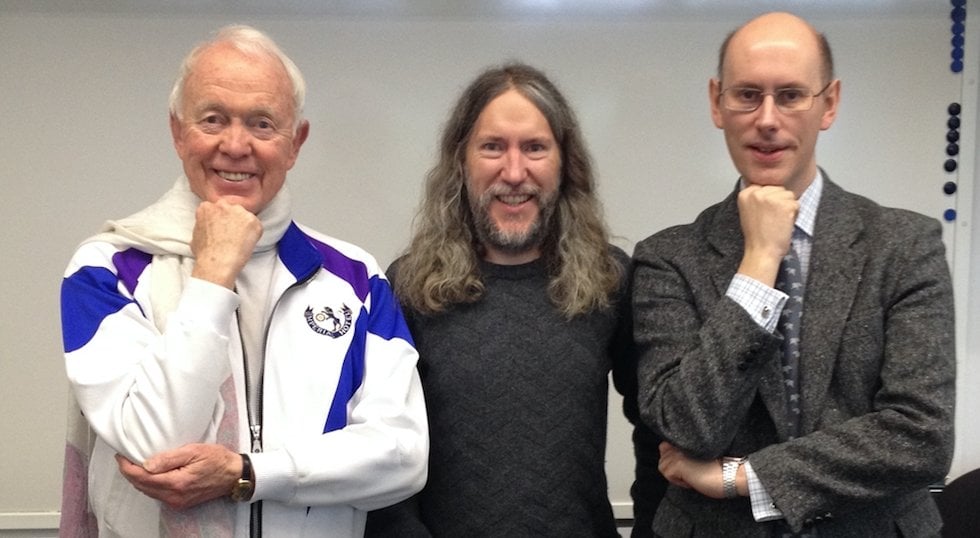Thu, 29 December 2016
If you did anything to experience memory improvement, I’ll bet it was great. Maybe even … Magnetic. My top highlight? Getting interviewed on my own show by none other than SuperLearner Jonathan Levi. So even there though’s a lot of groovy things to read on this page and year end links to explore … Scroll up and hit that play button. Jonathan helps me dig deep into the Mind of a Memorizer. And it’s all kind of fascinating, because when you think about it …
Who Knew You Could Still Improve |
Thu, 22 December 2016
Except for the threats, the sirens and the guys with guns … last night was amazing for my memory. First, April got invited to make dumplings to celebrate the last day of Autumn and the first day of Winter on the Chinese calendar. I love the Magnetic Memory Method because I was able to remember those words in Chinese … 秋天 qiūtiān (Autumn) 冬天 dōngtiān (Winter) Crazy thing is … I’d only heard them once in my life and used an impromptu Memory Palace to memorize them. Months later …
They Were All Still Intact!
As was this song that took really just a few minutes to memorize: Sure, I had a bit of a pronunciation problem here and there, but that’s easily solved by developing muscle memory. It’s understandable that words you don’t use for months that you only heard once don’t exactly snap into place. But what a GREAT feeling to be able to remember them! And all by doing something I really love: Using my memory. After that, we were shooting video and getting into more of the particulars about how all this works.
We Got Lost!
We wound up getting a bit lost and keeping warm inside the bank machine area of a building. And that’s when the threats and guns appeared. Turns out, that a guy didn’t like me having the camera on while April was teaching me how to say, “I’m lost” in Chinese. Good thing the Magnetic Memory Method teaches relaxation as part of the memory technique … You certainly need to be calm when a stranger starts telling you what you can and cannot do. It’s hard managing your defensive instincts and memory at the same time. (You’ll laugh when you see my reaction in the video and the guns that were there to keep us safe all along). So yes, April and I survived.
Perfect Recall … Even Under Duress
And the coolest thing is that I was still able to memorize “I am lost” in Chinese. I can still remember exactly how to say it this morning. Not to mention a couple of other words and phrases. Like, “Smells good!” And “garbage can.”
Instantly Memorized!
No sweat. No tears. No index cards. No software. But as I was editing the video this morning … it occurred to me that not everyone learning Chinese has access to native speakers. And in the video I was talking about some solutions. They’re all part of The Big Five of Language Learning. But then I remembered something really special I’ve been following for awhile. It’s a website called MandarinHQ. And when they released a course on real spoken Chinese, I jumped at the chance yesterday to grab access to it. It’s called The Real Spoken Chinese Vault. Yes, I laid down some cash even though I have a Chinese native speaker in my family.
Why?
Partly because I like to support awesome people out on the Internet who do good work. But also because I do memory research. Lots of it. And I also want to support because what I’m about to tell you helps solve a huge problem for people learning Chinese. It’s the “Can you please repeat that?” problem.
Chinese Native Speakers On Demand
Imagine having a video course where you get access to vocabulary and short phrases that lets you … Instantly click a button … … and then instantly hear that phrase again. That would be cool, wouldn’t it? Well, The Real Spoken Chinese Vault isn’t just about audio.
You Can Hear Them And See Them
The Real Spoken Chinese Vault also has video. And you get strategically placed buttons so that you can see and hear 4-5 different native speakers repeat key phrases you’ll need to learn. It’s the kind of button I wish I had in real life when learning a language.
For When You Can’t Put Life On Pause
Because, yes, I can memorize information in real time. But sometimes it’s nice to be able to slow the world down and repeat things so I’m sure I’ve heard it right. In fact, most of my memorization errors from real-time memory work come from now having heard it right. What you’re about to learn about solves that problem. Again, you get to SEE and HEAR native Chinese speakers.
A Lot In The Form Of Important |
Wed, 14 December 2016
And this shift has occurred very quickly. Little more than a decade ago, it wasn’t uncommon that a person had to memorize a sizable list of phone numbers belonging to partners, siblings, parents and close friends. Now Many Of Us Forget Our Own Cell Phone Numbers!
Despite this, there are situations in the modern day that still require memorization. Perhaps phone numbers and historical facts are better left to Google, but not everything can and should be searched via a computer. A notable example which is becoming conversant is “language” – which requires that you memorize a huge amount of vocabulary and grammar. Until now, there isn’t a technology effective enough to replace human ability to learn and master a language. In the past, having to memorize information was not optional because information wasn’t easily accessible. Up until the 19th century, paper was expensive, especially for quantities required to make a book. To add to it was that not many people could read and write so the ability and need to memorize and recall information was critical.
Why The Greeks Adored Memory Palace Science
That’s why a powerful memorization method was adored by the ancient Greeks. This technique is used even as at today by memory experts to commit huge amounts of information to mind. And thanks to have an abundance of Ancient Greek facts that have been handed down, anyone can learn to use a Memory Palace at any time. One such memory expert, used it to memorize Pi to over 100,000 digits. This memorization technique is called the Method of Loci, or more commonly the “Memory Palace”. It is a memorization method that not only has held the test of time, but has been shown to be effective through modern-day studies. You may even have heard of the Memory Palace technique without realizing it because it has been featured in multiple books and media.
The Silence Of The Memory Palace |
Wed, 7 December 2016
Well, if you’re anything like the hundreds of people who have emailed me about it, you’ve probably wondered … “Can I bring Mind Mapping and the Memory Palace together?” To help me answer the question, I asked the reigning World Mind Mapping champion Phil Chambers to talk about Mind Mapping and how to bring this creativity, memory and learning tool together with a Memory Palace. Turns out that we had a lot more than just that to talk about. Tune in to this episode of the Magnetic Memory Method Podcast and learn all about. How To Combine Mind Mapping And |
The Magnetic Memory Method Podcast

Categories
generalMemory Improvement Tools
Memory Method Tips
Brain Exercises for Memory Improvement
Memory Improvement Case Studies
Podcast
Guest Post
Memory Palace Tactics
Practical Memory Techniques
Uncategorized
Improve Memory Q&A
Archives
AprilMarch
February
January
December
November
October
September
August
July
June
May
April
March
February
January
December
November
October
September
August
July
June
May
April
March
February
January
December
November
October
September
August
July
June
May
April
March
February
January
December
November
October
September
August
July
June
May
April
March
February
January
December
November
October
September
August
June
May
April
March
February
January
December
November
October
September
August
July
June
May
April
March
February
January
December
November
October
September
August
July
June
May
April
March
February
January
December
November
October
September
August
July
June
May
April
March
February
January
December
November
October
September
August
July
June
May
April
March
February
January
December
November
October
September
August
July
June
May
April
March
February
January
December
November
September
| S | M | T | W | T | F | S |
|---|---|---|---|---|---|---|
| 1 | 2 | 3 | ||||
| 4 | 5 | 6 | 7 | 8 | 9 | 10 |
| 11 | 12 | 13 | 14 | 15 | 16 | 17 |
| 18 | 19 | 20 | 21 | 22 | 23 | 24 |
| 25 | 26 | 27 | 28 | 29 | 30 | 31 |
Syndication

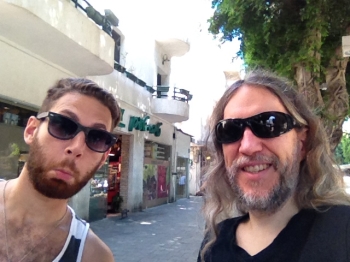 Was 2016 as amazing for you as it was for me?
Was 2016 as amazing for you as it was for me?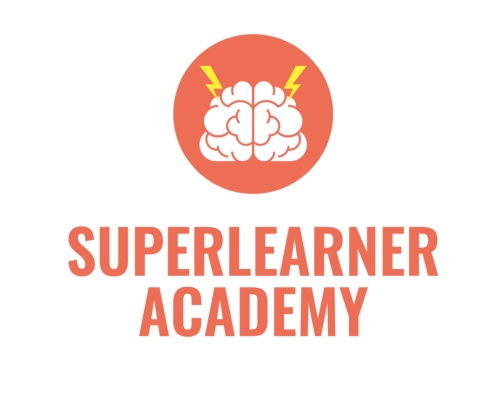


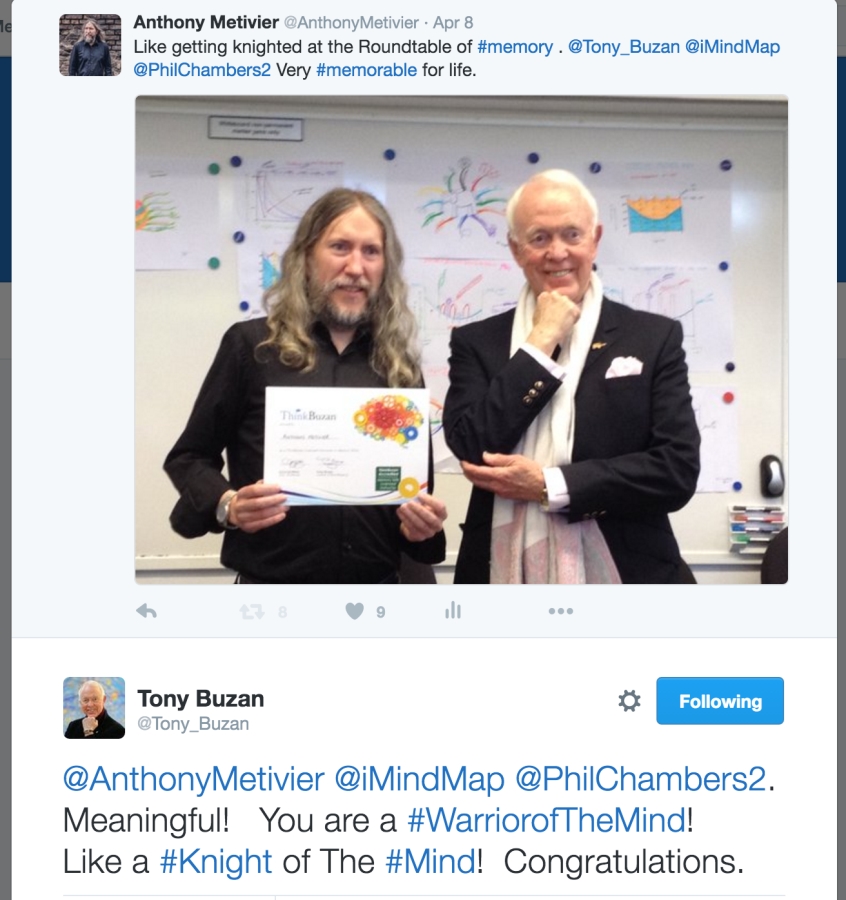
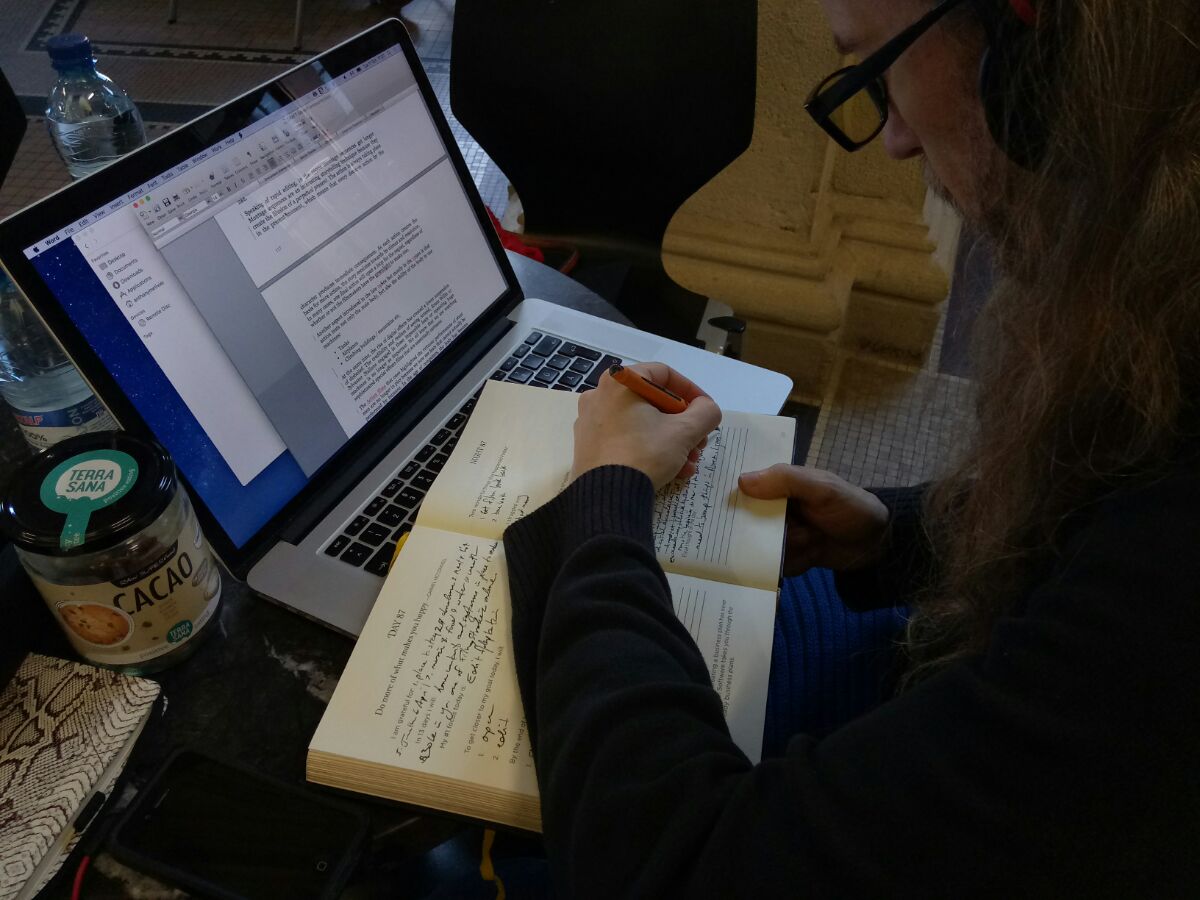
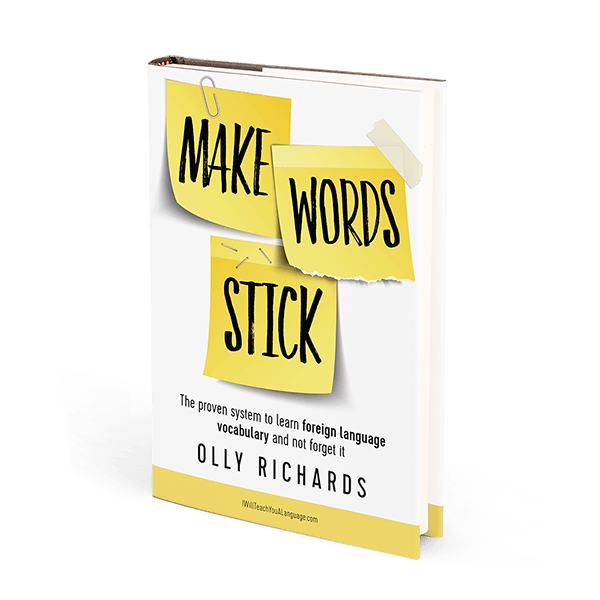
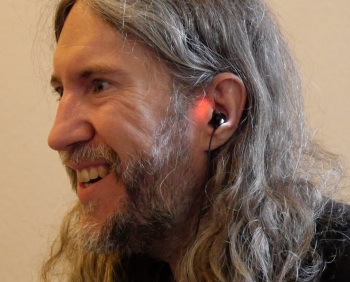
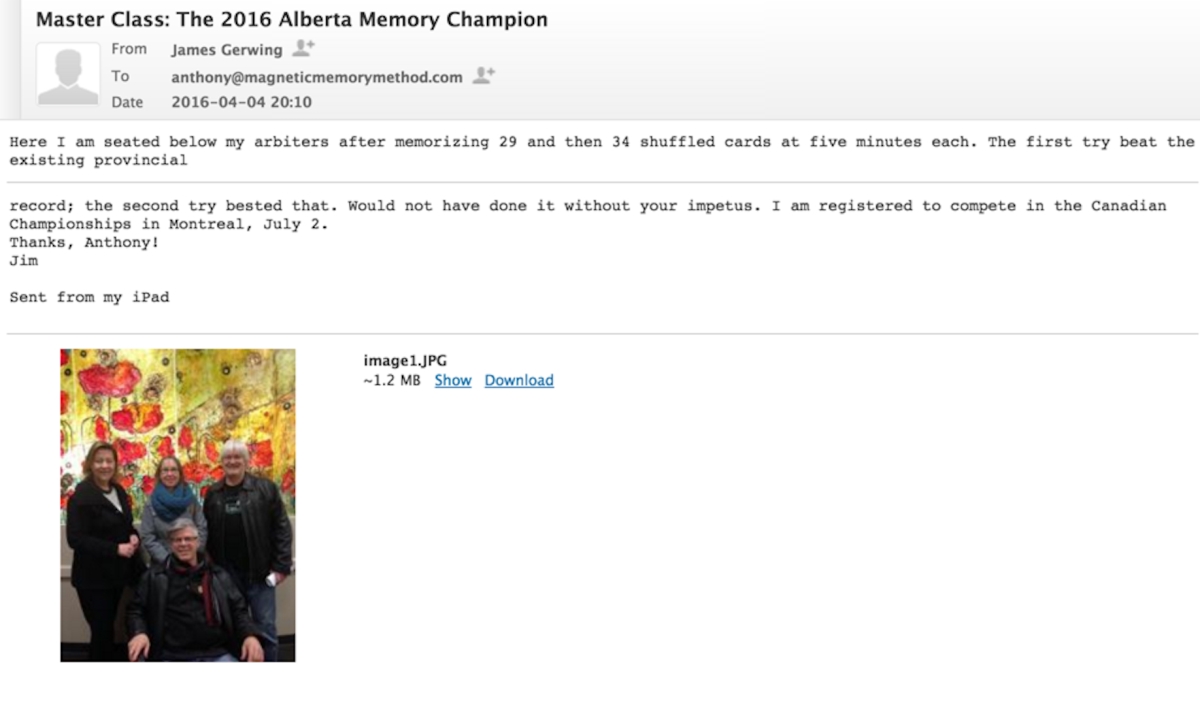
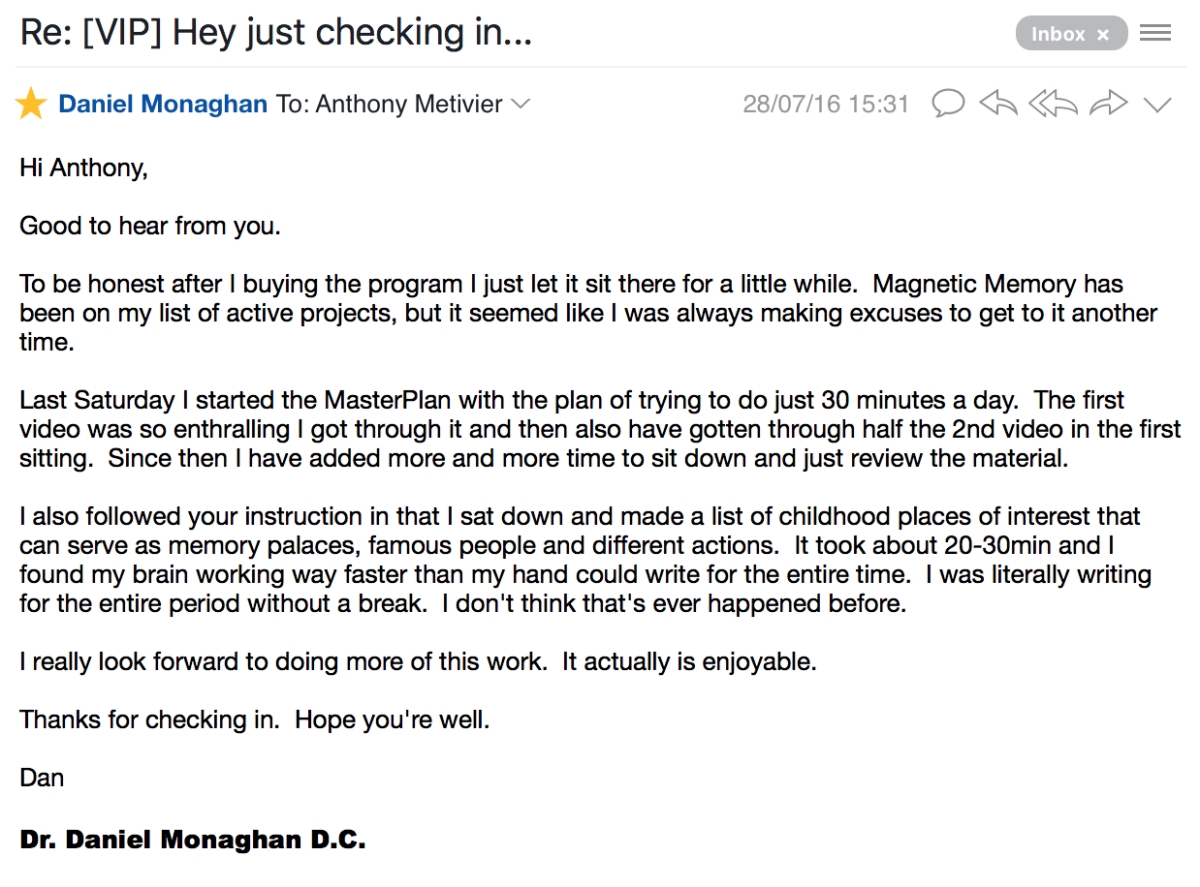
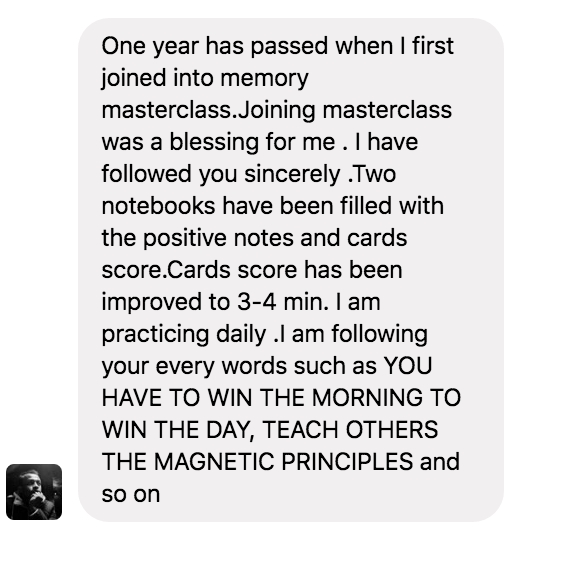
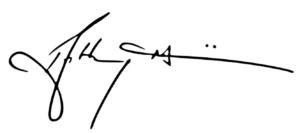
 In the modern world of omnipresent information access, memorization is almost a thing of the past.
In the modern world of omnipresent information access, memorization is almost a thing of the past.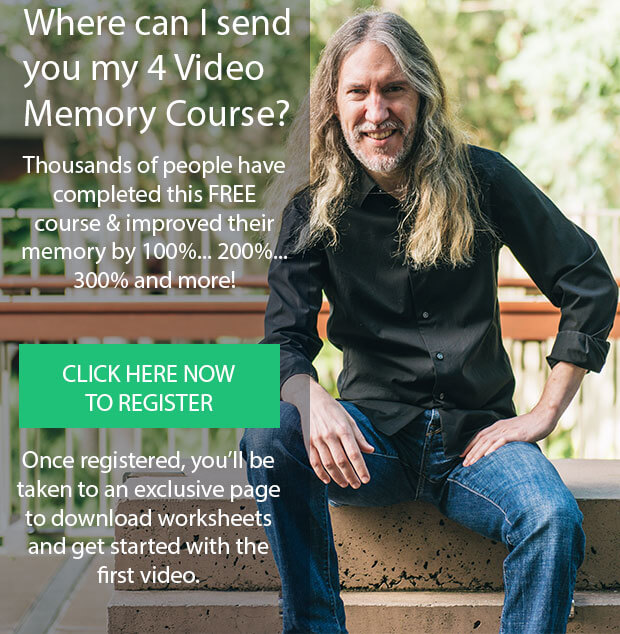



 You’ve heard about Mind Mapping and Memory Palaces, right?
You’ve heard about Mind Mapping and Memory Palaces, right?